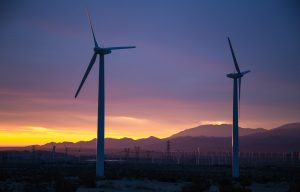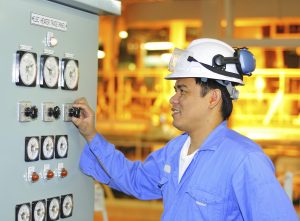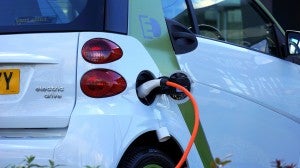
If music has taught us nothing else, it is that more is better. Three Dog Night taught us that “one is the loneliest number,” the Beatles taught us that we need help from our friends to get by, and Rob Base and DJ E-Z Rock reminded us that “it takes two to make a thing go right.”
Those lyrics apply just as easily to our electric grid. That’s because on the grid, it is best to have a bigger, varied group of resources.
Through the Integrated Resource Plan proceeding, the California Public Utilities Commission is requiring California’s big three utilities – Pacific Gas & Electric, Southern California Edison, and San Diego Gas & Electric – to create energy portfolios that are balanced, cost-effective, and position the utilities to meet state climate and energy targets. This was codified in SB 350 (De León), which required the Commission and utilities to develop these integrated resource plans (IRPs). Accordingly, the Commission has set forth the following specifications: Read More










 If you are anything like the typical Californian, you likely took the opportunity to get outside this summer and explore the great outdoors. Chances are you also took plenty of insect repellent to avoid becoming the latest offering at the mosquito buffet. Here in the Golden State, the California Public Utilities Commission (CPUC) is also fighting off BUGs – lest you think the CPUC is branching out into new regulatory territory, they are targeting the kind that harm our environment and public health: back-up generators (BUGs) that run on fossil fuels.
If you are anything like the typical Californian, you likely took the opportunity to get outside this summer and explore the great outdoors. Chances are you also took plenty of insect repellent to avoid becoming the latest offering at the mosquito buffet. Here in the Golden State, the California Public Utilities Commission (CPUC) is also fighting off BUGs – lest you think the CPUC is branching out into new regulatory territory, they are targeting the kind that harm our environment and public health: back-up generators (BUGs) that run on fossil fuels. Calvin Bryne co-authored this post.
Calvin Bryne co-authored this post. If you have ever worked in the service industry and dealt with a difficult customer (or even seen one in action), you are likely inclined to recall the oft-used adage, “the customer is always right.” Clichéd as that phrase may be, it is not without merit. Here at Environmental Defense Fund (EDF), we believe the same truism applies to how utilities approach providing electricity.
If you have ever worked in the service industry and dealt with a difficult customer (or even seen one in action), you are likely inclined to recall the oft-used adage, “the customer is always right.” Clichéd as that phrase may be, it is not without merit. Here at Environmental Defense Fund (EDF), we believe the same truism applies to how utilities approach providing electricity.
